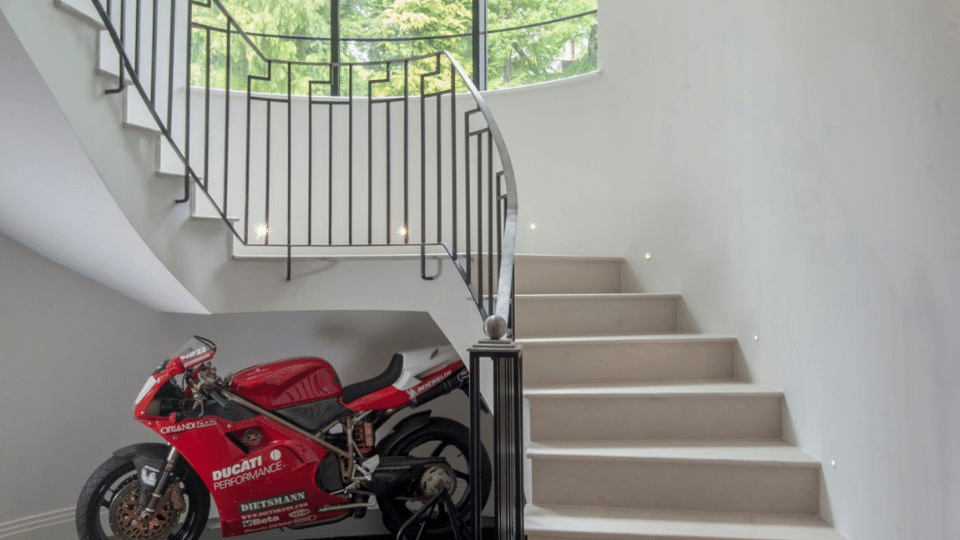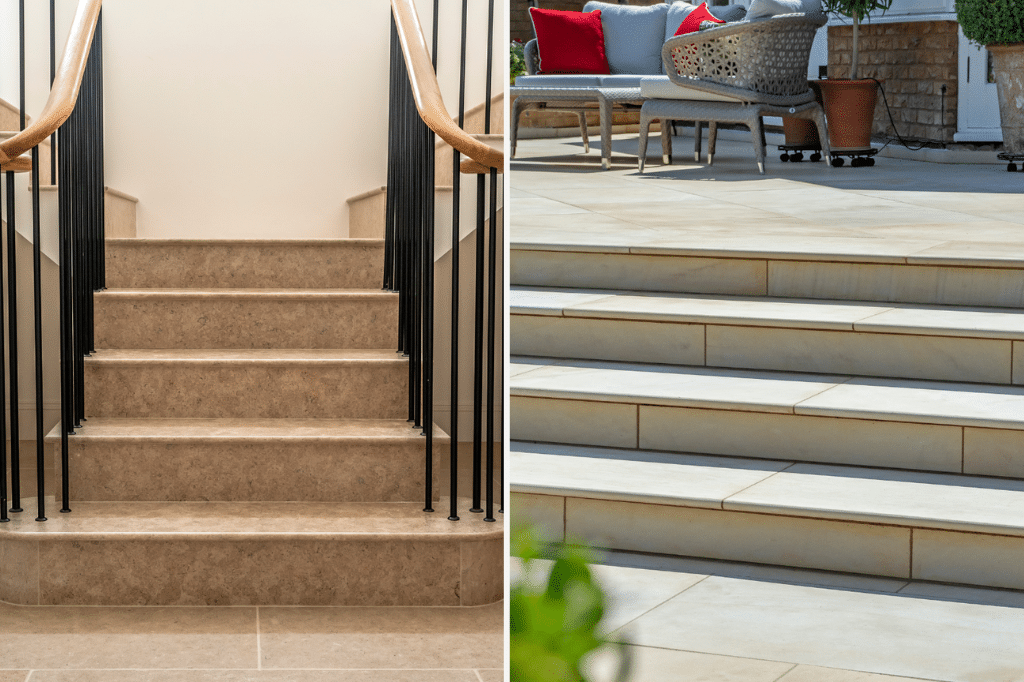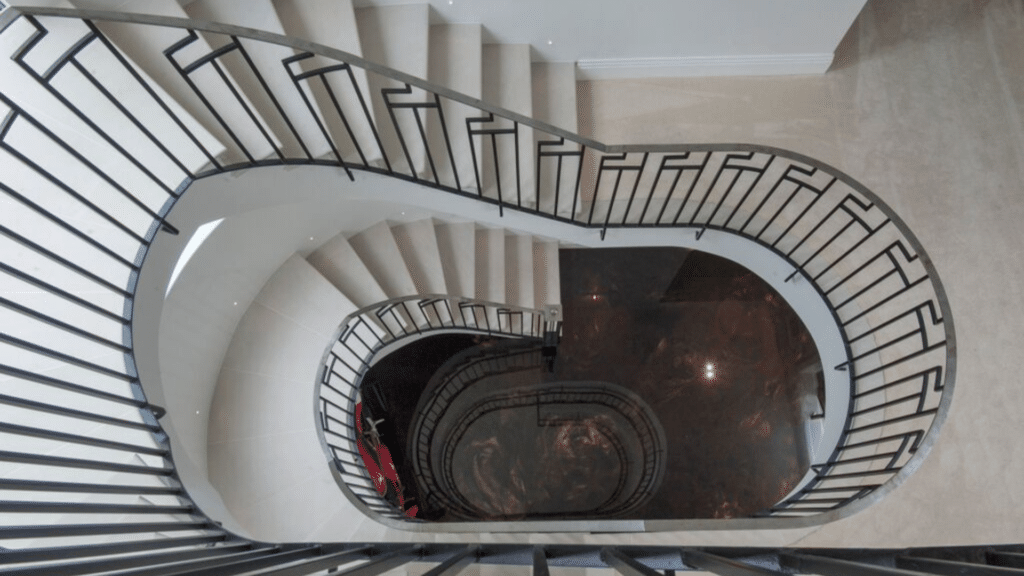Easter Opening Hours – Stoneworld will close at 5pm on Thursday 17th of April and Reopen at 0730 on Tuesday the 22nd of April
When planning a project that includes steps, the choice of stone plays a big part in both appearance and practicality. Natural stone is a durable and attractive option, used in everything from garden designs to grand entrances. But with so many variations available, it’s worth understanding the different types of step treads before making a decision.

There’s a wide range of stone materials to choose from, each offering its own tone and texture. Limestone and sandstone are both classic options with natural, soft finishes. Bluestone provides a darker, denser look that suits more dramatic designs, while marble offers a smooth, polished surface often used in refined architectural settings.

Where you plan to install your steps will influence the material you choose. Stone stair treads designed for outdoor use need to cope with weather and regular footfall. In contrast, indoor stone step treads may focus more on finish and colour tone.
La Roche Luna is a popular outdoor choice thanks to its soft grey tones and lightly textured surface, making it ideal for patios, garden steps, and exterior walkways. Its finish provides enough grip underfoot while maintaining a refined, natural look.
For interiors, Summit Stone Quartz is often selected for its clean, consistent finish and sleek appearance. It works particularly well in contemporary spaces and can be shaped into bespoke designs for floating steps or feature staircases.
Marble stair treads are also commonly used indoors where their polished look can be appreciated and maintained more easily. Meanwhile, stone stair treads outdoor are more likely to be textured for safety and weather resistance. Some projects require full-depth stone stair slabs, especially when building a bold entrance or sweeping staircase.

Depending on the layout of your project, you might need bespoke cutting or shaping. Whether it’s a traditional garden path or a more complex layout involving multiple flights of stairs, working with a supplier who can shape your treads to fit makes a big difference. Stone stair tread requirements vary from job to job, and a tailored approach helps avoid complications on-site.

For a seamless look, many people choose to match their step treads with surrounding paving or walling. Natural stone treads that match the surrounding area in colour or texture can help bring the entire space together. Mixing stones is also an option — for example, combining limestone stair treads with darker bluestone treads to define edges or create contrast.
If you’re unsure which material would suit your project best, we’re happy to help. You can get in touch with our team below for any recommendations, technical support, or design guidance — we’re always here to talk through the options.